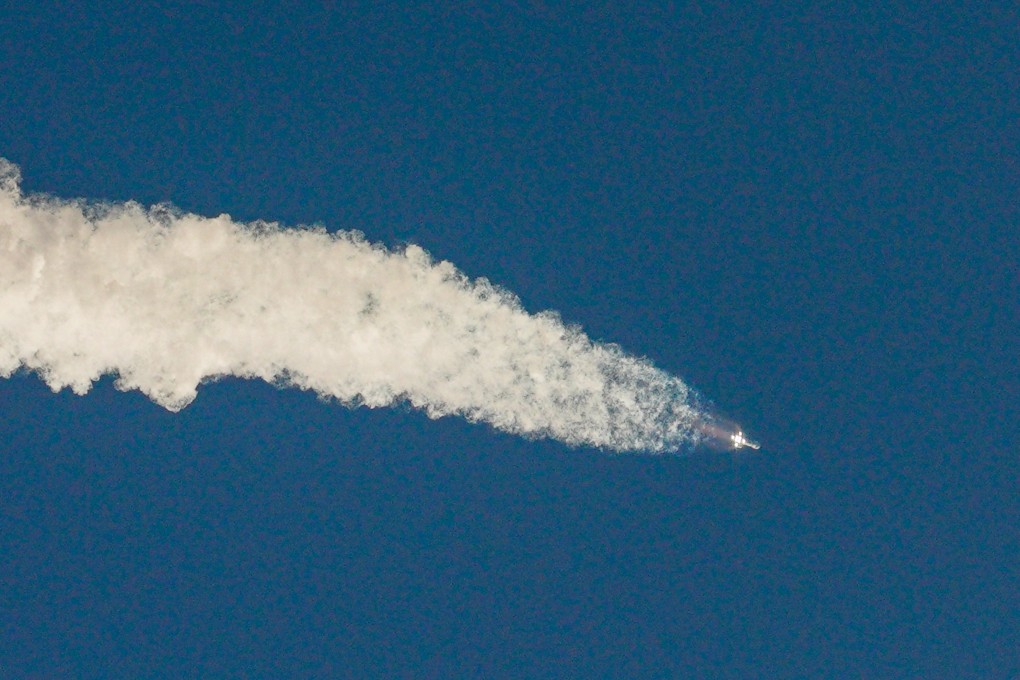China completes final link in Gaofen earth observation satellite chain
- Sunday’s launch completes the network of 22 satellites that will help produce high-definition maps and topographical models
- Programme will help with environmental and agricultural modelling, but could also help military track stealth fighters

China has successfully launched the last satellite in its Gaofen earth observation chain.
The satellite launched from the Xicheng Satellite Launch Centre in the southwestern province of Sichuan on Sunday is a high-orbit remote sensing satellite that will take high-definition optical images of the Earth.
The network of 22 satellites, whose name is a Chinese abbreviation for “high-definition”, can obtain precision three-dimensional images from around the world, produce large-scale digital topographic maps, and produce digital elevation models, according to the China Aerospace and Technology Corporation.
These photos can be used for many civilian purposes, including monitoring pollution and the environment, estimating agricultural yields, forecasting weather and disasters and detecting minerals.
It can also be used for important military purposes such as tracking stealth fighters, which can evade radars.